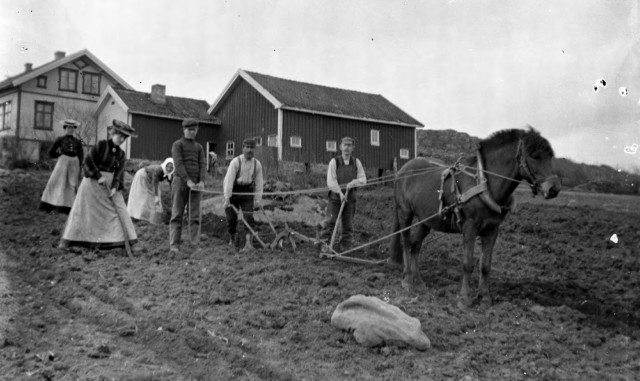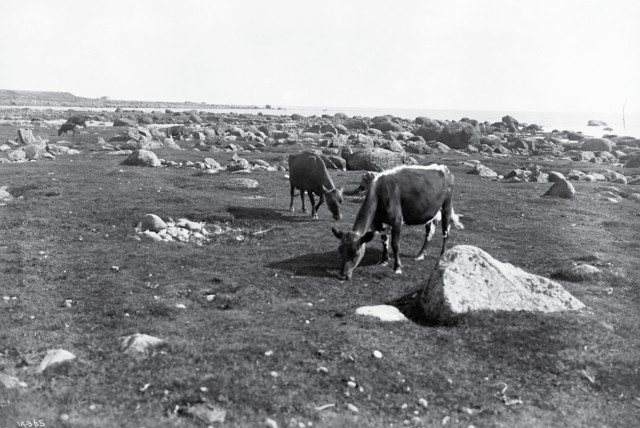"Crap isn’t just crap!"

Ever since the old days good quantity and quality of midden soil was critical for arable farming. The midden was the dung cellar of its day, a refuse depot which later could be used for fertilization. Up to the early nineteen hundreds this was the only fertilizer available.
The midden was a pyramid shaped heap, often placed at the north side of the barn. The farmer would build the midden up using muck from animals, organic refuse from the household, material swept from the earthen floors and muck from the pasture land. The pyramid shape and a cover of straw hindered the rainwater from washing out the nutrients. The finished composted mixture got the name midden-soil.
 Photo: Anders Beer Wilse/Norwegian Folk Museum
Photo: Anders Beer Wilse/Norwegian Folk Museum
A lot of work was invested in having a good midden, and the farmer’s skill would often be judged by what it looked like. The size of the midden decided the how much arable land each farmer could manage. Further, the size of the arable land would decide how many one could feed of the farm. Therefore the midden held an incredible importance. So, "crap isn’t just crap!" It was the farmer’s gold.